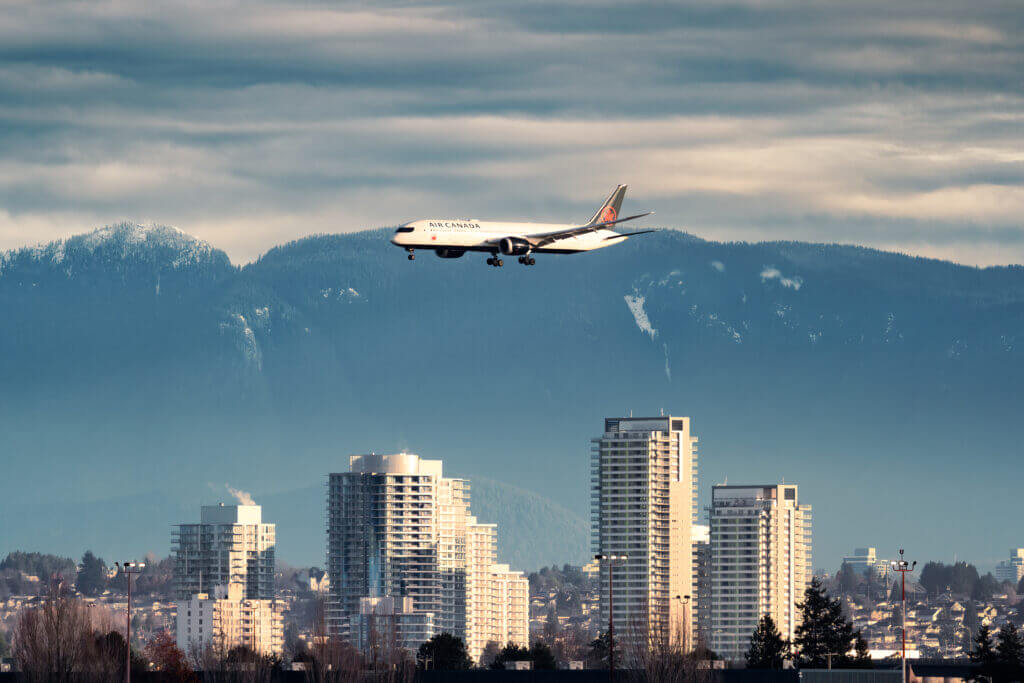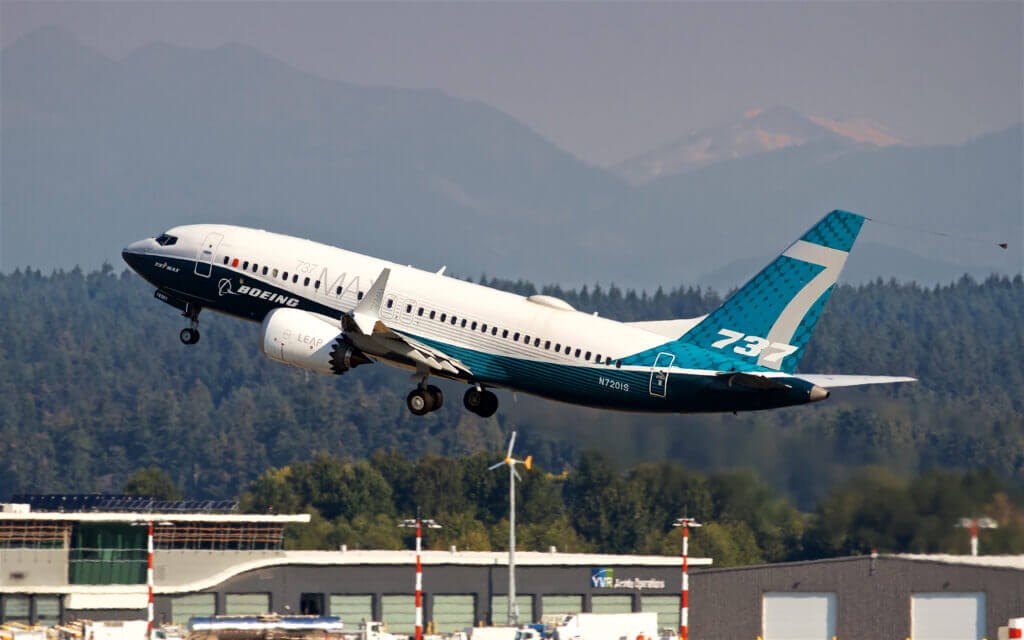Estimated reading time 8 minutes, 9 seconds.

The whiplash effect of Covid-19 lockdowns, pandemic recovery and a long-expected talent shortage due to retirements from aging pilots and aircraft mechanics, has pushed the British Columbia aviation community into crisis mode.
That’s the driving force behind a new study from the B.C. Aviation Council (BCAC) that aims to quantify the problem with hard statistics and guide provincial funding to solve it.
“I have no problem calling it a crisis,” said Dave Frank, executive director of the BCAC, in an interview with Skies.
“Attracting women, attracting Indigenous youth, and attracting students from remote and rural communities into our industry, is desperately required to be part of the solution.”
As in other jurisdictions, B.C.’s aviation business cratered during pandemic lockdowns, prompting many frontline workers to leave the industry for more stable employment. Many of those workers have not returned since the pandemic, Frank said.
After lockdowns, airlines had to ramp back up in a hurry with relatively thin staffing levels, pushing management toward burnout, he added. The study, led by InterVISTAS Consulting, aims to collect precise statistics for an industry awash in dire anecdotes.
He noted on-time performance since the pandemic is relatively low, prompting negative press and complaints from travellers. But he’s also quick to say airlines don’t hit those levels deliberately.

“They are just stretched so incredibly thin,” he said. “So we need to tackle that, because this country cannot thrive economically, and is not thriving economically right now, because its most powerful social economic development infrastructure is hanging on by a thread.”
“The airline industry has performed a miracle getting back to 100 per cent, but it needs help to relieve these pressures,” said Frank. “It’s right on the edge of a burnout cliff.”
To quantify the problem, BCAC is funding a survey of aviation employers, asking them to anonymously report how many employees they need in specific roles — everything from pilots and maintainers to flight attendants and other customer service staff.
They plan to present the findings to the provincial government later this year, with the goal of securing targeted funding earmarked for industries with human resources concerns. BCAC also plans to make the findings public at its annual conference in May.
“The ministers and staffers will be able to tell exactly where the critical need is,” said Frank. “And they will be able to tailor an efficient and effective job assistance program to tackle that. It’s the right way to do things. Too often, government programs just throw money at a wall — at a perceived problem. We can’t afford to do it that way anymore.”
Covid-19 accelerated and exacerbated a long-anticipated talent shortage in aviation, stemming in part from the aging population and a lack of diversity. BCAC intends to focus on diversity and inclusion in its recruitment efforts, as well as appealing to high school and elementary school students to get them excited about the abundant career opportunities in aviation.
“We didn’t have this issue 25, 30 years ago, because we were viewed as a very attractive industry,” said Frank. “Since deregulation, we’ve become much more of a commodity, and yet we are still an applied technology industry, a logistics industry, a high-growth industry. We are head-on facing our sustainability challenges. It’s an amazing industry, and we need to get more people to choose to go into it.”
The BCAC survey is open through the end of March 2024 through the association website and every stakeholder in the province is encouraged to participate. After the data is collected, it will be used to direct other BCAC initiatives and may be useful to other jurisdictions.

“This document, this work, will have a shelf life,” said Frank. “There’s no doubt about it; this crisis is not disappearing for at least five years. I could probably even say 10, in some parts of it. So this document will be valuable right across the country, even though it’s B.C. focused — and internationally, I suspect.”
“That quantification does help to support the qualitative narrative,” said Doris Mak, vice-president at InterVISTAS. “But also view this as a first step in collecting this type of data. There’s probably benefit to carrying this out at future points as well, just because it was a snapshot in time.”
Ultimately, the BCAC would like to see a cohesive national strategy for addressing aviation’s human resources challenges, and possibly a change from its cost-recovery business model.
“We need to look at our fundamental views on cost recovery as a strategy,” said Frank. “We definitely need to do a rethink. Air transportation is the infrastructure to support a modern, vibrant and sustainable economy.”
In the meantime, he offered a simple message to industry stakeholders: “Hang in there. We’ll get through this. We’re a tough, entrepreneurial industry. If we weren’t, we would be in a complete mess right now, right across Canada.”








